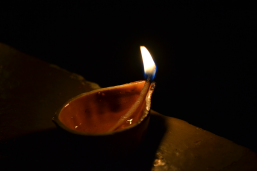Hi all,
Welcome to the world of Vaastu Shastra. The ancient science of dwellings. The science which is as old as 5000 years. Spread over 450 scriptures written meticulously during last thousands of years. Just to name a few Vishwakarmaprakash, Mayamtam, Samarangan Sutradhar, Aparajit Puchha, and so on. Also in various Puraanas such as Matsyapuraan, Garud Puraan, Agni Puraan, Vaayupuraan, Naarada puraan.
Sages such as Bhrugu, Atri, Vasishtha, Vishwakarma, Maya, Naarada, Nagnajeeta, Vishaalaksha, Purandar, Manu, Parashar, Kashyap, Bharadwaj, Prahlaad, Agastasya, Markandeya and so on wrote extensively about Vaastu Shastra.
Most of the principles hold true even today’s modern times. In northern India, Vishwakarmaprakash and Samarangan Sutradhar (written by Raja Bhoja 1000 years ago) are widely read and implemented even today. In south India, Maanasaar and Mayamtam are widely read and implemented.
In various books mentioned above, the layouts of Residential premises, Townships, Water reservoirs, and so on are discussed in intricate details.
Let us start this wonderful journey of Vaastu Shastra as we unfold the principles adaptable to the modern times.



